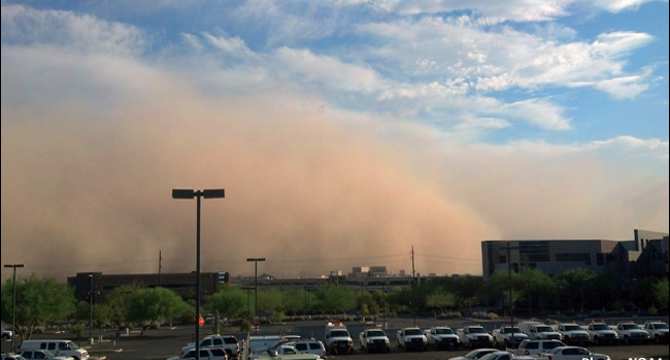Earthsky
1w
42

Image Credit: Earthsky
What fuels powerful winds? Answers from a weather scientist
- Powerful winds that create dust storms, blizzards, and more are caused by changes in air pressure from high to low pressure regions.
- Air moves based on pressure differentials, with greater differences resulting in faster winds.
- Earth's rotation causes winds to spiral around areas of high and low pressure.
- Pressure gradients, influenced by Earth's round shape and rotation, lead to strong winds.
- The jet stream, strong winds at high altitudes, affects surface winds with its waves and variations.
- Changes in pressure over distance create pressure gradients, which cause winds to spiral around pressure systems.
- Strong winds from high to low pressure can lead to dust storms, wildfires, tornadoes, and blizzards.
- Local factors like terrain and thunderstorms can intensify winds, with tornadoes having some of nature's strongest winds.
- Tornado winds are associated with intense pressure gradients and may reach speeds of 300 mph.
- Overall, powerful winds result from air seeking stability between high and low pressure areas.
Read Full Article
2 Likes
For uninterrupted reading, download the app